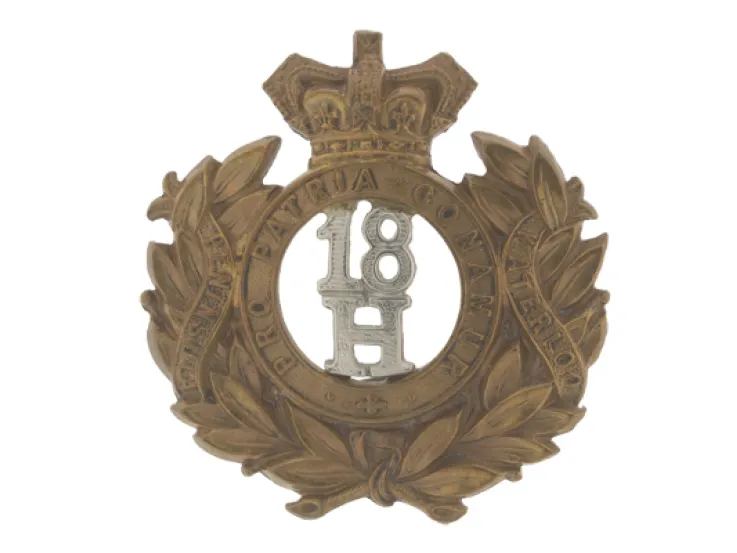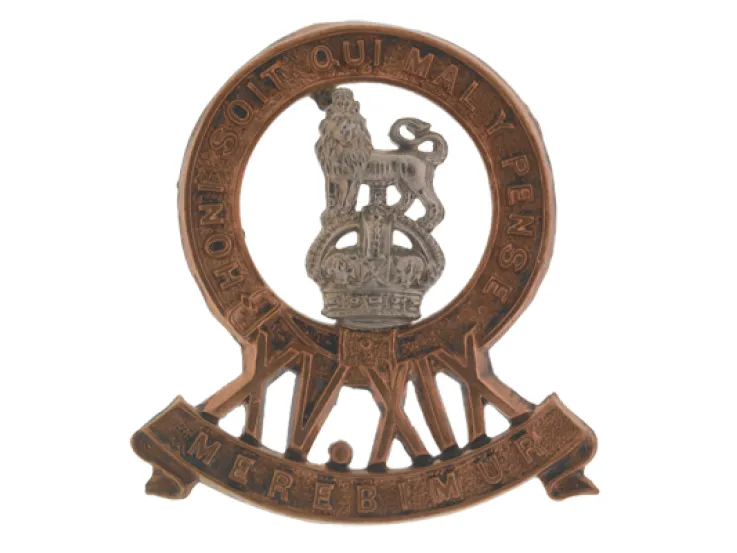Origins
This unit was raised as the 13th/18th Hussars in 1922 by amalgamating the 13th Hussars and the 18th Royal Hussars (Queen Mary’s Own). The new force spent the 1920s and 1930s on garrison duties in England, Scotland, Egypt and India. In 1935, it was re-titled as the 13th/18th Royal Hussars (Queen Mary’s Own).
World War
Five months before the outbreak of the Second World War (1939-45), it was transferred to the Royal Armoured Corps (RAC). It then fought as a reconnaissance unit in the Battle of France in 1940, before being evacuated at Dunkirk.
After re-forming and training in Britain, it fought with 8th Armoured Brigade from the Normandy landings (1944) to the Rhine Crossings (1945). During the former operation, it was equipped with Duplex Drive Sherman tanks.
Post-war
Its post-war duties involved spells in Libya (1948), Egypt (1950), Malaya (1950-53 and 1958-61), and Aden (1957-58 and 1967) as an armoured car regiment. It also sent troops to Northern Ireland (1972, 1975, 1977 and 1985) during ’The Troubles’ and served with the United Nations peacekeepers on Cyprus (1979 and 1986).
In 1972, the 13th/18th served as the RAC Centre Regiment at Bovington.
Legacy
In 1992, it was amalgamated with the 15th/19th The King’s Royal Hussars to form The Light Dragoons.
Regimental museums
The National Army Museum works with a network of Regimental and Corps Museums across the UK to help preserve and share the history and traditions of the Army and its soldiers.
Discover more about the 13th/18th Royal Hussars (Queen Mary's Own) by visiting the Discovery Museum in Newcastle.









